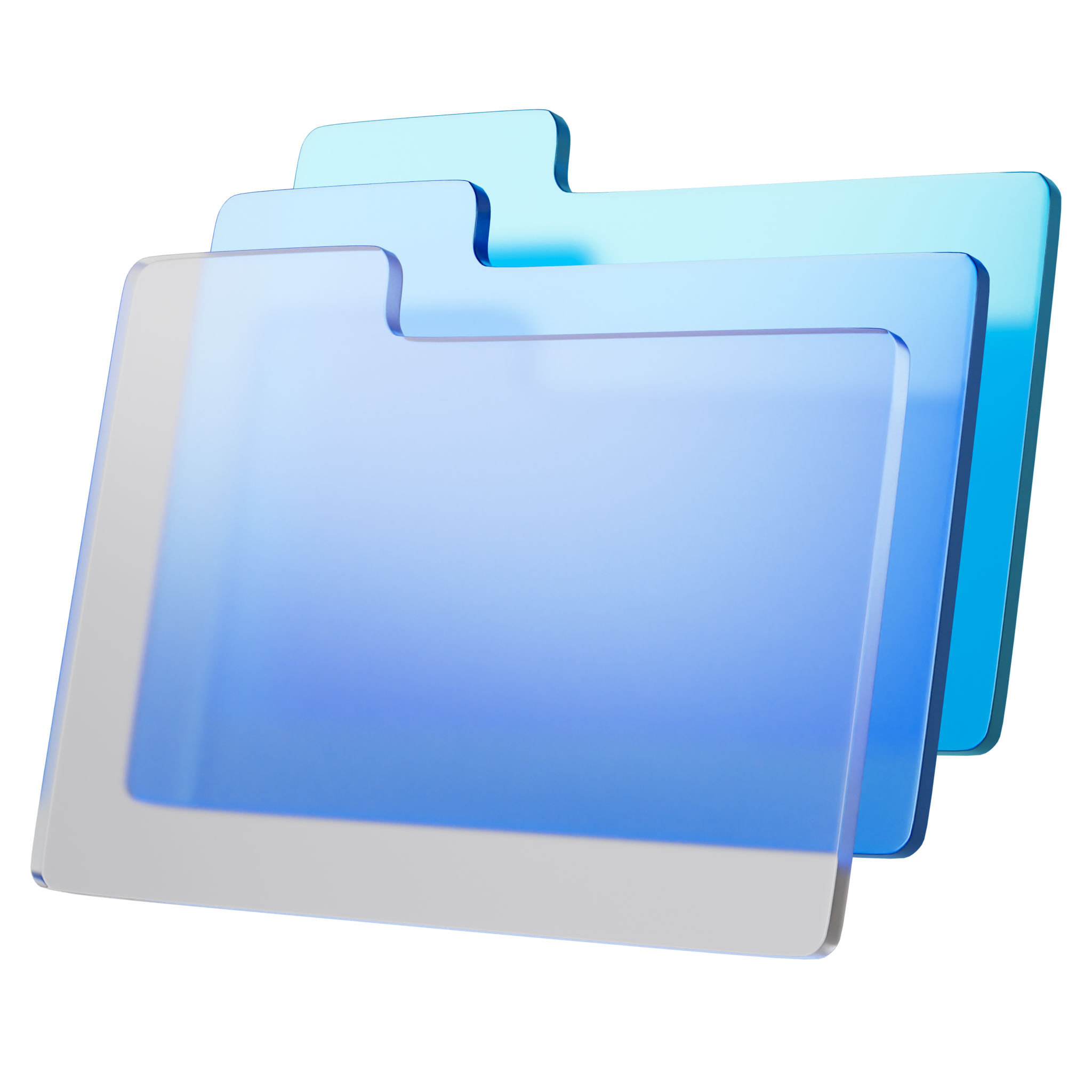Future-Proof Your Personal Stories: Embracing Digital Archiving
The Importance of Preserving Personal Stories
In today's fast-paced digital world, personal stories and memories can often get lost in the shuffle. However, preserving these stories is essential not only for personal reflection but also for passing down to future generations. By embracing digital archiving, individuals can ensure that their personal narratives remain intact and accessible, providing a lasting legacy.
Digital archiving refers to the process of storing information in a digital format to protect it from physical deterioration and obsolescence. With the right tools and strategies, it's possible to create a comprehensive and enduring archive of personal stories that can be easily shared and revisited.

Choosing the Right Digital Tools
Selecting the appropriate digital tools is a crucial step in archiving personal stories. There are numerous platforms available that cater to different needs, from simple cloud storage solutions to specialized archiving software.
When choosing a tool, consider factors such as ease of use, accessibility, and storage capacity. It's also important to ensure that the platform supports various media types, including text, images, audio, and video. This versatility allows for a richer and more dynamic archive.

Ensuring Data Longevity
One of the primary concerns with digital archiving is data longevity. To future-proof personal stories, it's essential to regularly update and migrate data. This involves transferring information from obsolete formats to current ones, ensuring compatibility with modern technology.
Regular backups are also vital. By maintaining multiple copies of your digital archives across different locations or cloud services, you minimize the risk of data loss due to hardware failure or other unforeseen events.
Organizing Your Digital Archive
Once the tools are in place, organizing your digital archive is crucial for easy access and retrieval. Start by categorizing your stories based on themes, such as family events, travel experiences, or personal milestones. This will make it easier to locate specific narratives when needed.
Utilize metadata tags and descriptions to add context and enhance searchability. This additional layer of information can significantly improve the usability of your archive, making it more intuitive for future users.

Sharing and Collaborating
Digital archives are not just for personal use; they can also be a collaborative effort. Sharing your archive with family members or friends can foster a sense of community and encourage others to contribute their own stories.
Consider setting up shared access or collaborative folders where loved ones can add their narratives, photos, and videos. This collective approach creates a richer tapestry of shared experiences and memories.
Embracing New Technologies
As technology continues to evolve, new opportunities for digital archiving are emerging. Artificial intelligence and machine learning can enhance the organization and retrieval of archived content, while virtual reality can offer immersive ways to experience personal stories.
Staying informed about these advancements allows you to leverage cutting-edge tools to preserve your stories more effectively. By being adaptable and open to new technologies, you ensure that your personal narratives remain vibrant and accessible for years to come.

In conclusion, embracing digital archiving is a proactive step towards safeguarding personal stories for the future. By selecting the right tools, ensuring data longevity, organizing effectively, sharing collaboratively, and embracing new technologies, you can create an enduring legacy that will resonate with future generations.